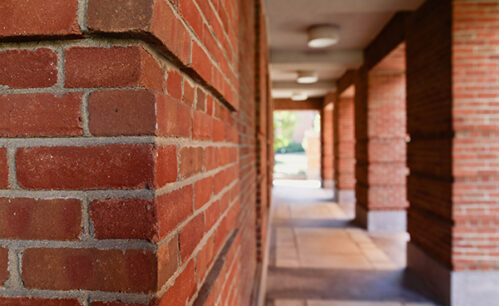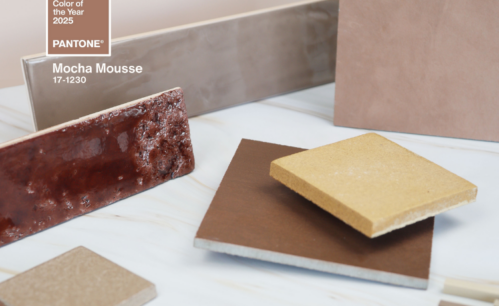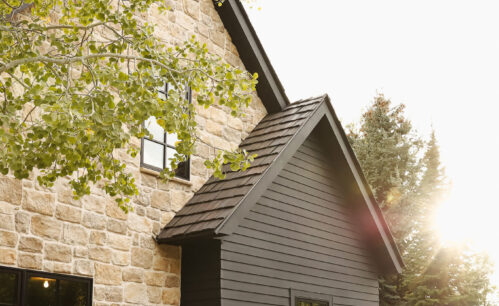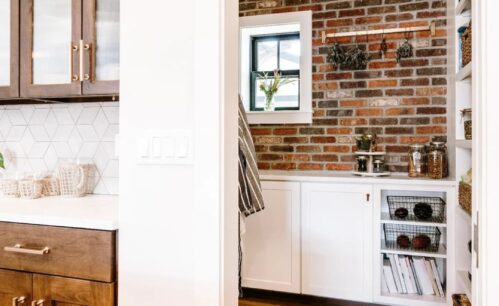Articles
Masonry and Stone | FAQ
Can I return the extra material that was purchased?
Unopened boxes of stock material can be returned within 30 days of purchase. Special masonry or stone orders cannot be returned. Sand and mortar cannot be returned.
Does Hamilton Parker remove old masonry or stone products and install new ones?
No, we do not remove old stone or brick from a home. However, we can provide installation services for some of our products like thin brick and cultured stone.
Do I need to purchase any accessories for the installation?
If we are installing your stone or brick we provide all setting material. If you are looking to do a DIY project you could possibly need a bag of grout, a trowel, and other items. Talk to one of our masonry experts if you have questions about installation.
How long should my scratch coat sit before install?
We recommend the scratch coat sit for about 24 hours.
How do I get masonry products to stick? Different ways to install adhesive and mortar?
Construction adhesive is an all-purpose solution for your project. There are many different options to choose from. We recommend that you don’t add the adhesive straight over drywall because it can rip the paper off. In addition, if you use high bond construction adhesive, typically those are applied over a concrete backer board.
Mortar binds one surface to another. This is what makes your stone or brick stick to the wall substrate or floor and stay in place.
What are panelized and per-piece stone systems?
At Hamilton Parker, we partner with many different manufacturers to bring you multiple varieties of stone systems. Our design specialists can help you select the best stone system for your project. Most panel systems can be installed on the interior or exterior of a project.
Per piece designs, you allow you to place individual stones to create your own unique look to your home or outdoor projects. This may require a skilled tradesman to provide good installation.
Stone veneers have a wide range of styles and shapes available for your project. As per their name, they are thinner than traditional full-depth products, which means they are more lightweight, but still achieve to look of full-size, individual stones. Above all, they offer a great return on investment and curb appeal
What’s the difference between natural stone and cultured? Is one better than the other?
Natural stone cladding is a real quarried stone resulting in each piece of stone having unique colors and textures. If installed correctly, natural stone is long-lasting, with minimal fading overtime from sunlight or other outdoor elements.
Manufactured stone can be easier to install and is much lighter in weight than natural stone. It comes in a wide variety of colors, textures, and styles. However, overtime sunlight and other natural elements can cause fading.
Both offer a wide range of versatility, can change the ascetic of your space., and will likely add value to your home. Our design specialists will be able to help you select the appropriate approach for your project and budget and the location.
What do different kinds of mortar joints look like?
There are many different styles of mortar joints. Some of the most popular we see are the grapevine, butter, and concave joints, to name a few. With a grapevine joint, you will see a rough, wavy line in the center of the joint to give the appearance of a grapevine. This is created using a grapevine jointer. Butter joints are very thick, messy layers of mortar in between each brick. A concave joint is made using a curved steel jointing too to leave the look of a curved joint. V joint must be tooled properly so no water or snow accumulates within the joint.
Can I install manufactured stone inside my fireplace firebox?
Do not use manufactured stone in applications with potential exposure in direct flame such as return into a firebox of wood or gas-burning fireplace.
Can I use a power washer to clean my manufactured stone?
No, this could take the face color out of the stone and can create spalling. Use only a low-pressure water hose to remove dirt or debris and no harsh chemicals.
Can I install manufactured stone inside my shower?
Do not subject stone to harsh chemicals. Prolonged exposure to these conditions may discolor the stone or result in surface damage. This also applies to pool areas.
Why is my manufactured stone falling off my house?
Delamination can occur for different reasons. The backs of the stones may not be encapsulated in mortar. Second, if mortar was site blended it may not have the correct sand-to-mortar mixing ratio. Third, the mortar could have been mixed too dry. And lastly, it could be due to flash cure. This is when the stone is applied to a hot surface it rapidly draws the moisture out of your setting mortar which will compromise the bond. The installer should wet the surface area prior to adhering the stone to prevent this from occurring.
Do I have to use corners on masonry or stone projects?
No, however corners give you the look of a full bed depth stone and a more professional look.
What weather temperatures are suitable for the installation of Manufactured Stone?
Stone applications should be protected from temperatures below 40°F (4°C) during and immediately following installation. If the environmental conditions during installation exceed 90°F (32°C) additional water may be needed on the scratch coat surface and the backs of the AMSV being installed. Providing shade and/or frequent misting of the wall may be required.
I picked my stone out of a brochure and it does not appear to be the right color, what is going on here?
Customers should never make final color selections from brochures, websites, photos, etc. Always make final color selections from a sample board.
Why are my grout joints a white-ish color?
If the installer tools the grout joint prematurely it can look white-ish instead of grey. A grout joint is ready to tool once it becomes “thumbprint” dry.




